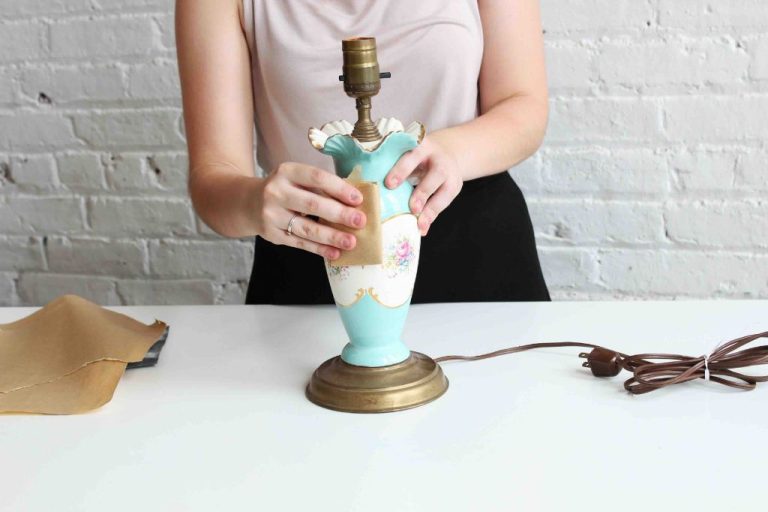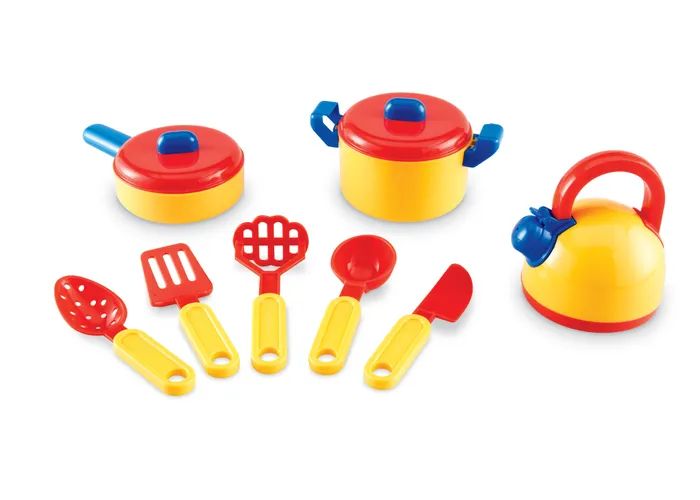How To Make Cartoon Character With Clay?
Making cartoon characters out of clay is a fun and creative craft that allows you to bring imagination to life. By sculpting and customizing your own unique clay figures, you can let your inner artist shine. This hands-on process helps exercise your fine motor skills and spatial cognition as you carefully shape the clay to achieve your desired look. The flexibility and workability of clay makes it an accessible art medium, suitable for artists of all skill levels. Once you perfect your clay cartoon characters, you can recreate beloved animated figures or invent new ones of your own design. With a few simple tools and a vision in mind, you’ll be able to craft everything from action heroes to funny animals and beyond. The finished products make great decorative pieces, toys, keepsakes, or gifts. Creating cartoon characters in clay is an enjoyable way to express creativity, practice sculpture techniques, and add a personal touch to your space.
Planning Your Character
Before you dive into sculpting with clay, it helps to start by planning out your character concept. Decide on a simple cartoon character idea to start with as a beginner. Think of classic cartoon characters with basic shapes like circles, squares or triangles for the head and body. Consider what size you want to make your character – smaller sculptures are easier to manage as a beginner. Plan the basic shapes and features of your character. Will it have round eyes and a big smile? Pointy elf ears? Long arms and legs? Making a few quick sketches can help visualize your character’s proportions and personality before sculpting.
Gathering Materials
When getting ready to sculpt your cartoon character out of clay, you’ll need to gather the right materials. Having the proper clay, tools, and work surface will make the sculpting process easier and help you achieve the best results.
Type of Clay to Use
The best type of clay to use for sculpting cartoon characters is polymer clay. Polymer clays like Sculpey and FIMO are easy to work with, hold their shape well, and bake to a hard, durable finish. Avoid clays like ceramic and oil-based that are messy and require special firing. Polymer clays can be easily baked right in a home oven.
Clay Sculpting Tools
You’ll want an assortment of clay sculpting tools like loops, ribs, cutters, and dotting tools. These tools allow you to smooth, shape, add texture, and sculpt details into the clay. At minimum, have a roller, knife, and sculpting loop tool. You can find specialty clay tools at craft stores or purchase a clay tool kit for convenience.
Work Surface
Choose a smooth, sturdy work surface for sculpting like wood, glass, or acrylic. Avoid porous surfaces like cardboard that can stick to the clay. The surface should be large enough to hold your clay sculpture and tools. Cover the work area with parchment paper to keep it clean and make lifting your finished sculpture easy.
Sculpting the Head and Face
After you’ve gathered your materials and planned out your cartoon character, it’s time to start sculpting the head and face. The head is the foundation of your entire sculpt, so take your time to get it just right.
First, roll a ball of clay into a smooth sphere. This will be the basic shape for your character’s head. Use your fingers to gently massage the clay and round it out. Avoid leaving any cracks or seams.
Next, use clay sculpting tools or even the edge of a butter knife to cut out eye sockets. Place these near the top half of the head, leaving room for the nose below. Use a small ball of clay to form the nose, smoothing it into the area between the eyes.
For the mouth, press your clay tool into the clay to make an opening. You can shape the mouth into a smile, frown, or relaxed expression. Be careful not to make the mouth too big or it may look distorted on your final sculpture.
Take your time gradually pressing, smoothing, and shaping the facial features. Work slowly and carefully to achieve the look you want. Tweak the proportions and style to match your planned cartoon character.
Sculpting the Body
After you finish sculpting the head, it’s time to add your character’s body. The simplest way is to attach a ball or cylinder shape to the bottom of the head to form the torso. Start with a ball of clay close to the head size and gently press it onto the bottom of the neck, smoothing the seam between the two parts.
To add arms, roll two small sausage shapes for the upper arms and two longer sausages for the lower arms. Attach one end of each upper arm to the torso at the shoulders, then attach the upper and lower arm pieces. Use your fingers to smooth the joints. Make the hands by flattening and shaping small balls of clay into simple mitt shapes.
For the legs, roll an oval shape for each upper leg and cylinder shapes for the lower legs. Attach the upper legs to the bottom of the torso like you did the arms. Then attach the lower legs, smoothing all the seams. Finish the legs by adding flat oval feet.
You can also add details like a tail by rolling a rope shape and attaching it to the back. Ears, horns, and other features can be shaped from small balls of clay and attached as well. Sculpting the body may take some trial and error, but the great thing about clay is you can always smooth pieces back together and try again if needed.
Adding Details and Accessories
After the main head and body are sculpted, it’s time to add all the little details that will bring your clay cartoon character to life. Refining the facial features and adding a lively expression are important for giving your character personality. Roll small balls and coils of clay to create ears, noses, teeth, eyes, cheeks, etc. Use clay sculpting tools like toothpicks and needles to etch lines into the face for eyebrows, eyelids, mouth, and creases.
Hair can also be sculpted from clay, or you can glue on yarn, wool, or fabrics for different textures and looks. Get creative with unique hairstyles, facial hair, clothing, props, and accessories that capture the spirit of your character. Use thin rolled coils for details like shoelaces, watchbands, necklaces, etc. Fabric, buttons, and other materials can be adhered as accents as well. Have fun customizing your character as you add all of these finishing touches!
Baking and Painting
Once your clay sculpture is complete, it needs to be baked to harden and finalize the clay. When choosing a baking time and temperature, refer to the packaging instructions for your specific clay type. Polymer clays typically bake around 130°C for 15 minutes per 6mm of thickness. Air-dry clays do not require baking. Allow sufficient baking time for the clay to harden fully.
When the clay has cooled after baking, acrylic and water-based paints are safe to use. Avoid oil-based paints which can react with the clay. Acrylic paint pens are great for adding details like faces and clothing. Clear acrylic glazes can provide a glossy finish and smooth texture. Consider using a sealer spray after painting to protect the finish. Take care not to over-bake painted pieces, as excess heat can cause cracking or peeling.
Making a Base
A sturdy base is important for displaying your clay sculpture and preventing it from tipping over. You have several options when choosing a material for the base:
Wood is a good choice for making a base. A wood base adds stability and provides great support for the sculpture. Cutting a piece of wood into a circle or square shape is an easy DIY base. Sand and paint the wood for a finished look.
Plastic is another option. Clear acrylic bases can be purchased from craft stores. Or recycle items like plastic lids into bases. Plastic offers durability and is easy to cut to size.
Clay can be used to create a custom base from the same material as the sculpture. Roll out a slab of clay and cut a circle or square. Allow the base to dry fully before securing the sculpture. Matching clay provides a cohesive look.
To attach the sculpture, apply a strong adhesive like epoxy glue between the base and sculpture. Clay glue can also be used. Place the joined piece upside down while the glue dries to keep the sculpture stable.
Troubleshooting Issues
When working with clay, especially when baking clay sculptures, you may run into some common issues like cracking, breakage or paint problems. Here are some tips for troubleshooting these problems:
If your sculpture cracks or breaks during baking, there are a few possible causes. Make sure the clay is conditioned properly and there are no air bubbles trapped inside that could expand. Sudden temperature changes during baking can also cause cracking, so preheat the oven and allow the sculpture to cool gradually after baking. Bake the sculpture according to package directions, as overbaking can cause cracking too.
To prevent breakage, handle the sculpture very gently while raw. Allow thicker areas like limbs to dry and firm up a bit before adding thinner extremities like fingers that can snap off easily. Use toothpicks, plastic straw pieces or wire armatures inside to add stability if needed.
When painting, apply acrylic paints in thin layers and allow each layer to dry fully before adding another to prevent cracking. A final clear glaze or varnish can help seal and protect the paint. If paint rubs off, try lightly sanding before painting to help it adhere better.
With some care taken during the sculpting, baking and painting process, you can troubleshoot many potential issues with cracking, breaking or paint problems. This allows you to successfully create detailed cartoon character sculptures from clay.
Inspiring Children’s Creativity
Making clay characters with children provides numerous benefits for their development and creativity. The tactile experience allows kids to exercise their fine motor skills and hand-eye coordination. As they manipulate the clay, they also engage their imagination and problem-solving abilities. Children can invent characters and make up stories to go along with their creations. This sparks narrative thinking, storytelling skills, and cognitive flexibility.
Adults should encourage children to let their imaginations run wild. Making clay characters is a chance for unstructured playtime where kids control the experience. They can create any person, creature, or object that comes to mind. Support them in vocalizing ideas for characters and developing personalities and backstories. Ask questions to spur the storytelling process. Clay crafts open up opportunities for roleplay once the character is complete. Dramatic play allows children to process emotions, experiences, and relationships. An original clay character made by their own hands enables a child’s creativity in all forms.





